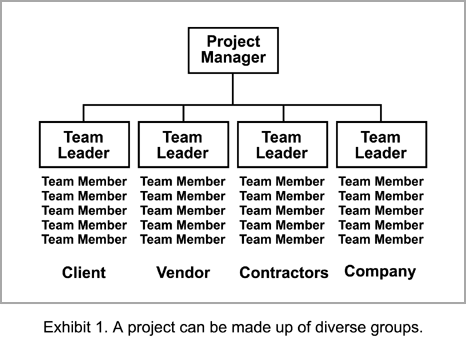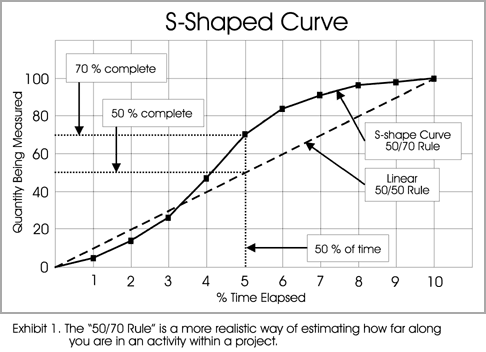Here’s my vote for the most altruistic, yet most influential, position in the organization.
by Neal Whitten, PMP, Contributing Editor
I RECENTLY WROTE an article called, “Duties of the Effective Project Manager” [PM Network, September 1999]. The article was widely embraced, and many readers requested that I also address the duties of resource managers. With the prominent role that is becoming increasingly popular for project managers, resource managers are becoming less sure of their role. Let’s take a closer look.
The No. 1 reason why employees leave a company is that they don’t feel appreciated. They don’t feel like anyone is championing their cause, looking out for them. Resource managers are the primary nurturers within an organization and company. They support their direct reports in helping them be successful in two key areas: meeting their project commitments and helping them to discover and achieve their potential in the organization and company. Let’s look at a short list of the more significant duties of resource managers (RMs).
Hires and fires. RMs must invest the time to hire qualified people who can help the projects achieve their goals. Also important is the need to appropriately address poor performers.
Performs resource planning and allocation. Only RMs can make job assignments. (A project manager can, however, assign tasks and action items as they relate to a project member’s assigned job.) RMs must anticipate and plan for future demands of their resources (direct reports).
Defines roles and responsibilities for direct reports. RMs ensure that their direct reports not only understand their jobs, but also understand how they will be measured against performing their jobs satisfactorily.
Supports direct reports in meeting their commitments. RMs work with their direct reports to help them be successful. This includes reviewing their plans and routinely tracking their progress.
Is a catalyst to resolve domain-related problems. RMs ensure that all problems within their domain are being addressed with the appropriate sense of urgency.
Evaluates performance of direct reports. Although verbal input from others can be solicited, RMs are fully accountable to work close enough with their direct reports to fairly evaluate their performance.
Compensates and awards direct reports. RMs have the duty to appropriately compensate and award. Better to err on the side of too many and too large awards, than too few and too small.
Provides career counseling and development. Each human resource needs to be nurtured to reach his or her potential. RMs must be available and accessible to work with and help develop their direct reports, including in areas of training and job opportunities.
Promotes a productive work environment. RMs have the responsibility to ensure continual improvement in the productivity of direct reports, both on long-term projects as well as from project to project.
Serves as channel for company communications. RMs serve as conduits for the dissemination of company-related information to direct reports. The RM puts a face on the corporation with which the direct reports can communicate.
Executes company policies and practices. RMs are the enforcement arm for company polices and practices as they relate to the RM’s domain of responsibility. This includes ensuring compliance with legal issues in such areas as products and services, workplace safety and contractor relationships.
Secures future work opportunities. RMs strive to practice a full employment policy for direct reports whose performance is satisfactory. The best RMs do not resort to downsizing as a standard or convenient method of managing the business. Instead, they accept responsibility for seeking and developing new business opportunities, while the direct reports focus on driving the day-to-day operations.
THE RESOURCE MANAGER has a nearly impossible job—with demands coming from every imaginable direction—yet a job that can have a profound impact on the organization’s success.

